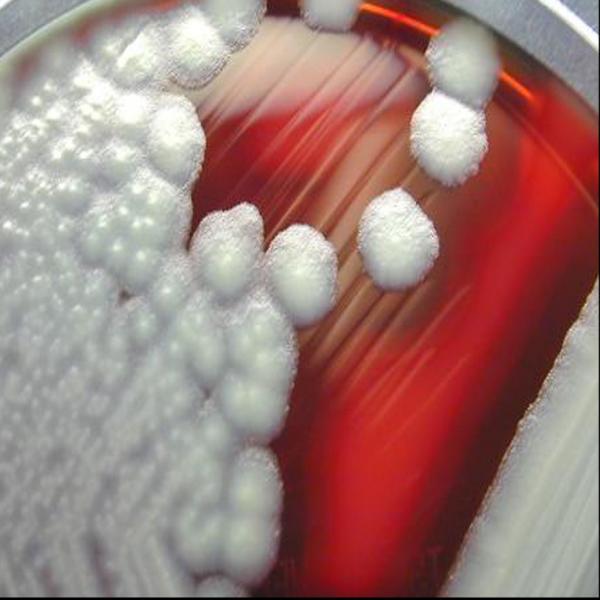Coded for a Poisonous Lifestyle
Job 28:24-25
“For he looketh to the ends of the earth, and seeth under the whole heaven; To make the weight for the winds; and he weigheth the waters by measure.”
The bacterium Bacillus cereus likes to live in soil that would kill most other bacteria. It’s bothered neither by lethal concentrations of metal nor natural antibiotics.
 The bacterium is commonly found in the soil. However, in soil that overlays metal deposits like gold and copper, there may be 100,000 times as many cereus as normal. Soil over such deposits picks up a metallic content from the mineral below. If the metallic content is high enough, only a few plants, metal-tolerant fungi, and cereus can live in the soil. To make matters worse, the metal-tolerant fungi make penicillin and other antibiotics in concentrations high enough to kill bacteria. But none of this fazes cereus.
The bacterium is commonly found in the soil. However, in soil that overlays metal deposits like gold and copper, there may be 100,000 times as many cereus as normal. Soil over such deposits picks up a metallic content from the mineral below. If the metallic content is high enough, only a few plants, metal-tolerant fungi, and cereus can live in the soil. To make matters worse, the metal-tolerant fungi make penicillin and other antibiotics in concentrations high enough to kill bacteria. But none of this fazes cereus.
How can cereus survive under conditions that would kill any other known bacteria? Researchers believe that cereus performs some sophisticated chemistry that detoxifies the metal and makes the penicillin harmless at the same time. For example, in the case of copper, they believe that cereus removes a water molecule from the penicillin molecule. The resulting gap in the penicillin molecule traps metallic molecules in the soil and makes them harmless. They suspect that cereus may use different sophisticated strategies to deal with different metals. As one of the scientists pointed out, each cereus seems to be genetically coded for its unique location.
Cereus may be only a bacterium, but its clever chemistry and unique individuality bear witness to both our Creator’s supreme intelligence and His care for each of His creatures.
Prayer:
Prayer: I thank You, Lord, for the wonders You have made. I also thank You that You have not simply formed the earth and then left it to spin off in space on its own. I thank You that You care about all that You have made. Amen.
Notes:
Weisburd, Stefi. 1985. Cereus bacteria go for the gold. Science News, v.127, Feb. 16.